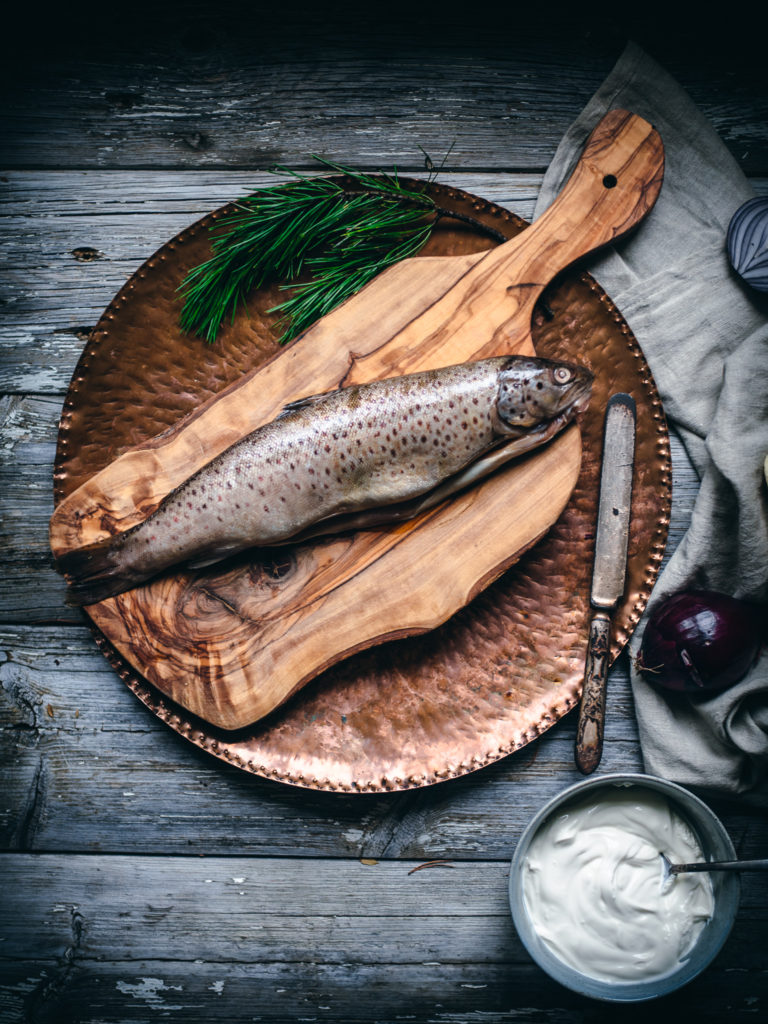
Centuries ago, a group of fishermen mounted their horses early in the autumn and began their trek deep into the mountains of Norway. Lakes abounding, the fishermen spent their days in much success. Preservation of the bounty would have included much salt, but to their dismay they had not brought enough on this journey. They used all they had with nothing left to spare. They began their long journey back down the mountain in the hope that the fish would still be preserved. Days turned into weeks and the fish began to ferment. Upon returning home, and in anticipation that the fish had not gone to waste, the fisherman discovered something quite unusual. The fish had gone through a process in which had preserved it in a different way. They had stumbled upon something so delightful that it took hold and became a traditional delicacy across the land.
This is the story I am told when asked how rakfisk came to be. A legend? Most certainly. But what we do know is that the process of fermentation has been known and popular across the world for thousands of years. Whether tales of accidental fermentation are true or not, is it certain that once the method of fermenting fish arrived in Norway, it became a significant part of the diet and an old tradition which is still upheld today. In fact, rakfisk is considered one of the most culturally important and iconic Norwegian recipes. And while many will never have the opportunity to make it themselves, this is certainly a dish you should try at least once.
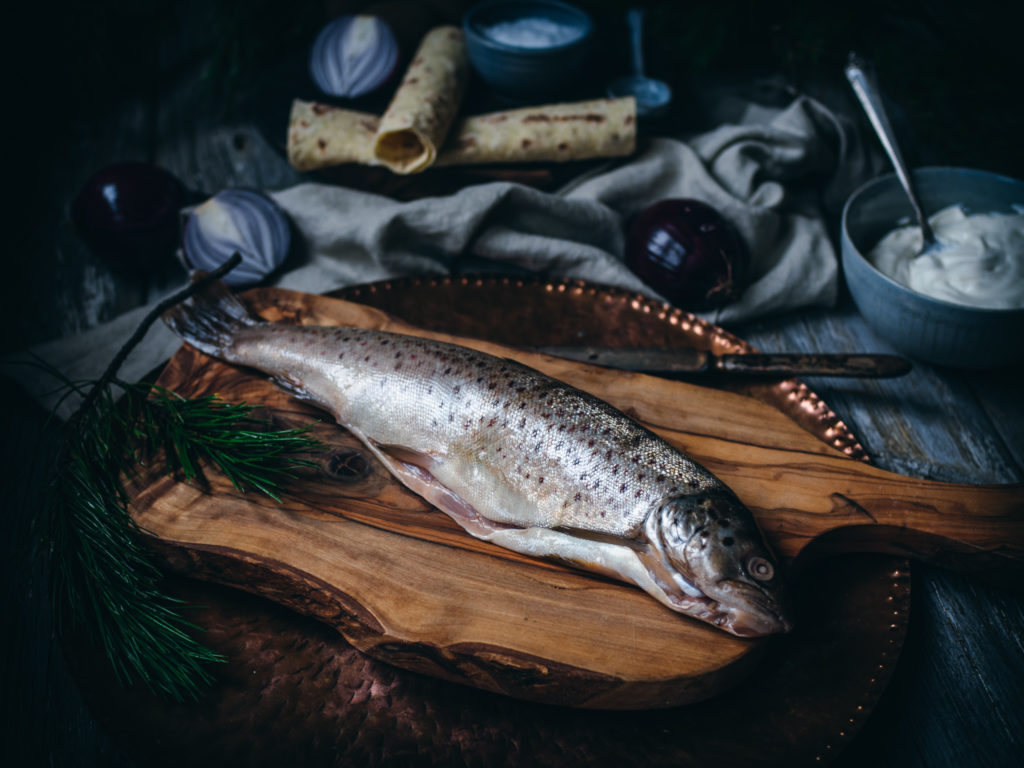
It starts with the fish, usually trout but it is possible to use other types of fresh-water fish. The fermentation process features the lactobacillus bacteria, which preserves the fish by creating lactic acid and lowering the pH level. A low pH level prevents the fish from spoiling enabling the mass of proteins, fat and nutrients to be stored a long time. While the fish are being stored, the enzymes (unaffected by the bacterial process) break down the proteins to amino acids and the fat to fatty acids. This enables the fish to taste savory. The longer the fish ferments, the more savory the taste will be. The intense smell, which receives a variety of reactions, comes from the hydrogen sulphide and acetic, propionic and butyric acids. (excerpt from The Nordic Cook Book)
The process of making rakfisk begins the moment the fish is caught. Within about an hour, the freshly caught fish must be gutted, have the bones removed, and cleaned with very little of the blood remaining. Those who desire a stronger aroma and taste will leave the gills on and leave the blood that accumulates next to the spine. Hygiene is of the utmost importance and there can be no soil contamination to ensure there is no unwanted bacteria. Once cleaned, the fish are then rubbed with course sea salt and a small handful of salt is placed in the belly of the fish. Each fish is then placed on its back and layered snuggly in a large container. A wooden weight is placed on top of the fish and the lid is then put on. A brine should accumulate and cover the fish after a couple of days.
The amount of salt used in proportion to the fish must be no less than 6% and no more than 9/10%. The most important elements in the rakfisk process are the salt and the temperature. The ideal temperature is max 8ºC /46ºF. You can start the process at 8ºC/46ºC, for example, and lower the temperature later in the fermentation process – much like you would with wine. The general recipe is 6% salt at 6ºC for 6 weeks.
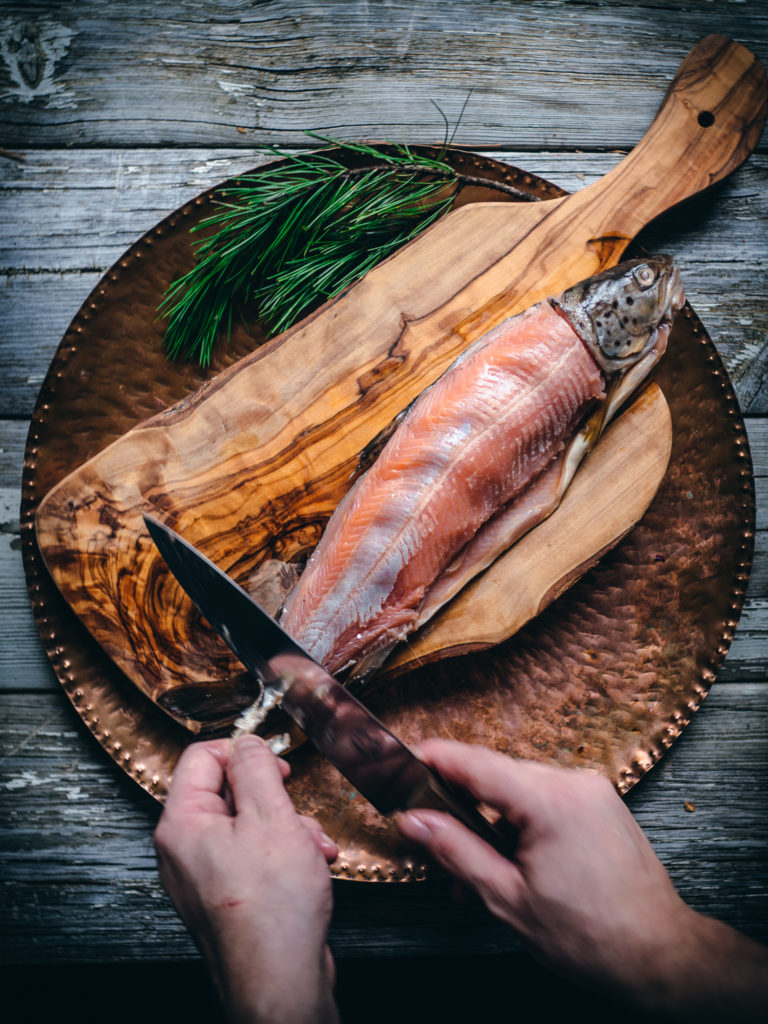
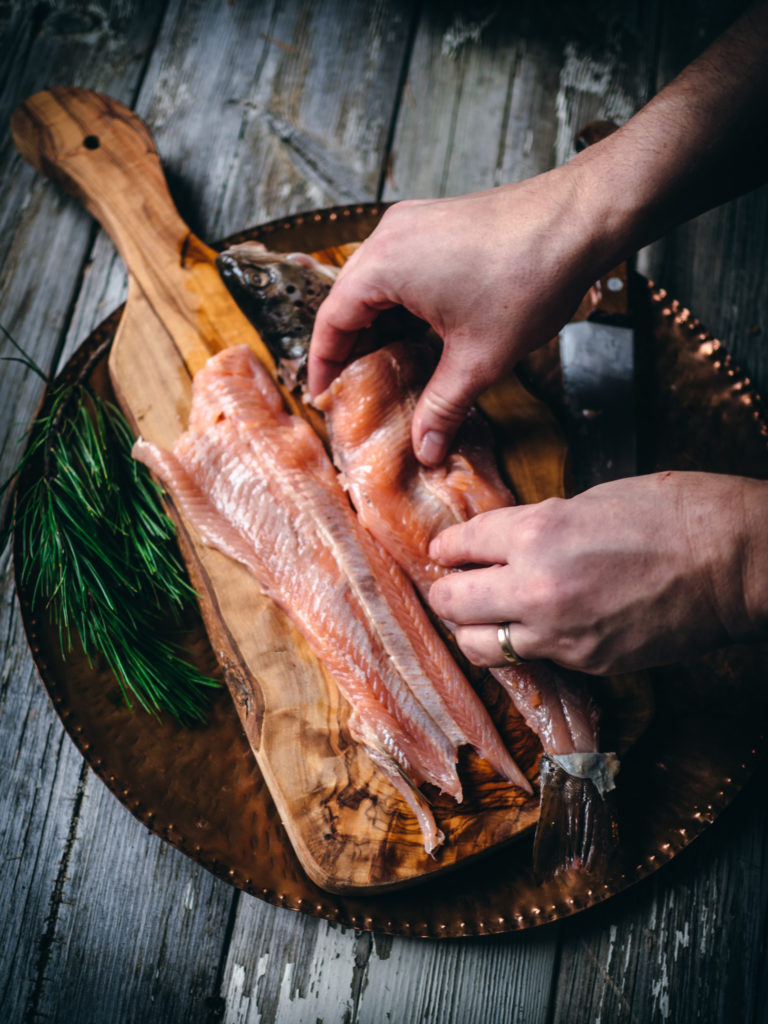
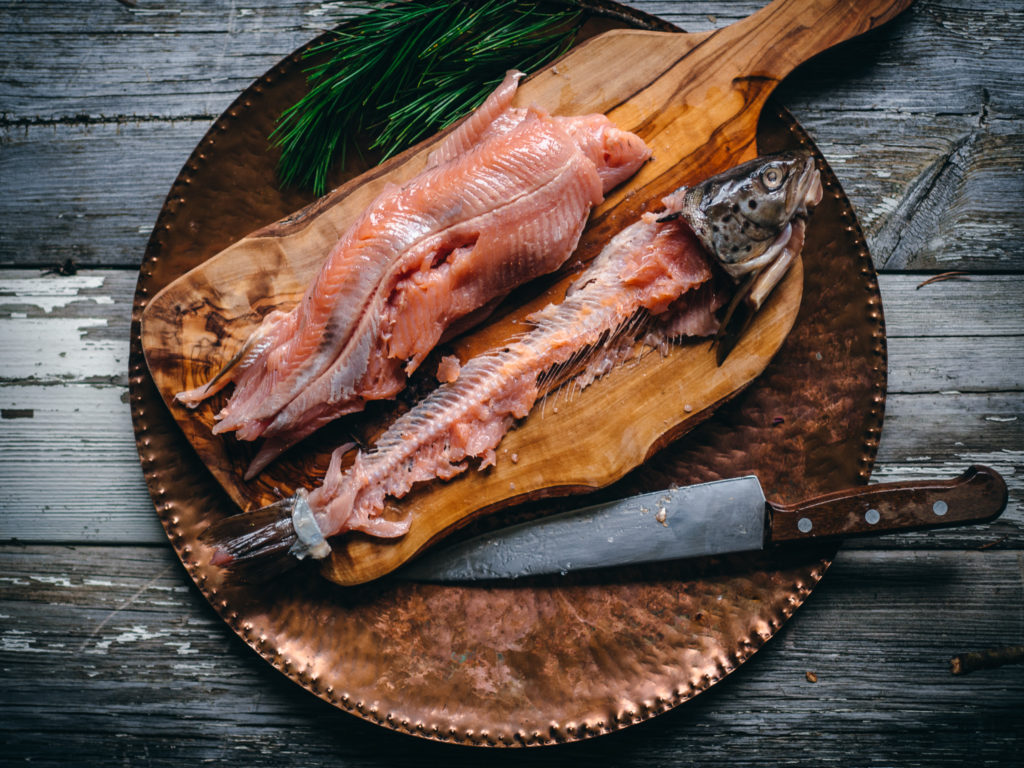
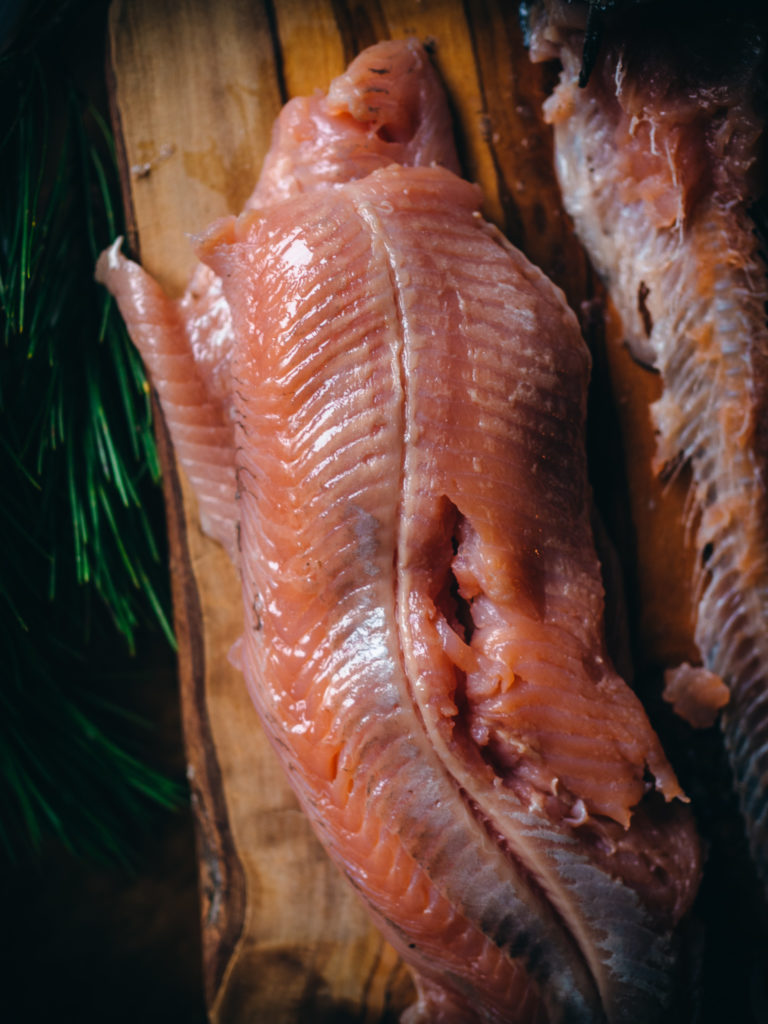
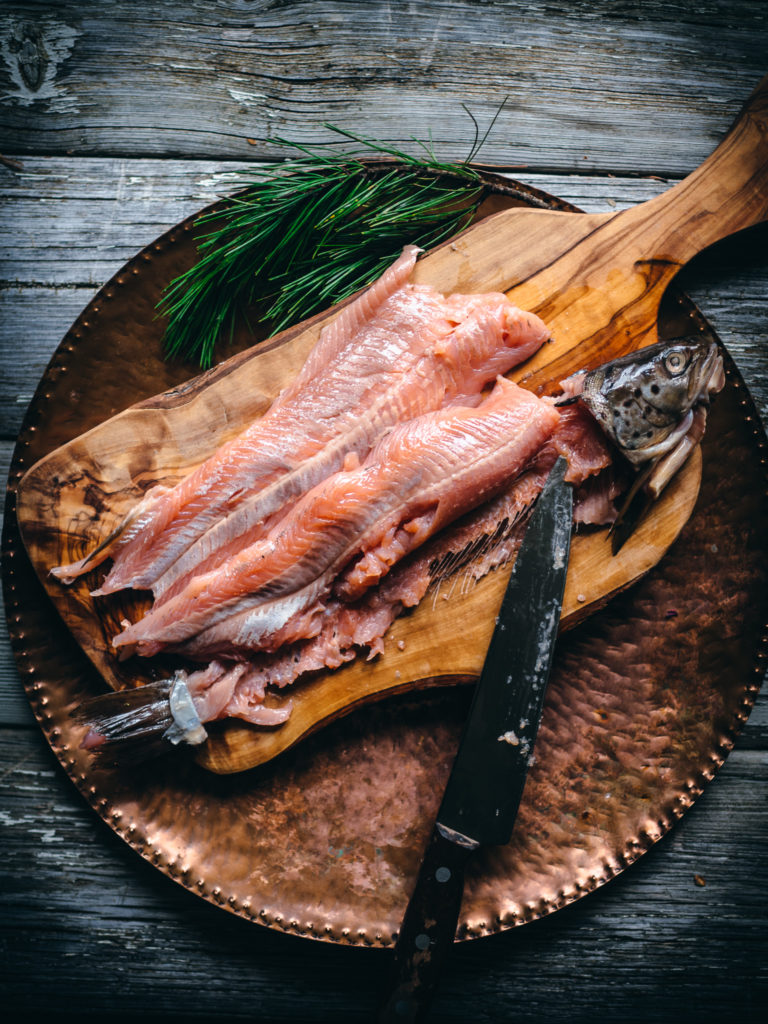
Good Norwegian rakfisk should have a mild and pleasant odor and it should not be too salty. It should be spreadable, yet slightly firm and have a vibrant color. It can be hard to put into words exactly what it tastes like as I am not sure there is anything comparable. I certainly can attest as to why it is such a delicacy and something worth celebrating. Not only is it incredibly delicious but there is also a provocativeness about it, which perhaps comes from being able to overcome death and decay, if you will, by manipulating nature and creating something remarkable.
Many people will not have the opportunity to make rakfisk from scratch as the process must be carefully and expertly done. If you are able to get your hands on some then you are most certainly in for a special treat – a proper Norwegian delicacy. To become accustomed to the taste of rakfisk, it is suggested to start by eating the rakfisk with a little sour cream and sliced onions. Sour cream cuts through the saltiness and the onions take some of the flavor away from the rakfisk. This is optional, of course, and many purists would suggest trying rakfisk on its own first.
Rakfisk is often served with flat bread, butter, lefser, lomper, small boiled potatoes, slices of onion, red beets, sour cream and even a little sugar on top. Beer and aquavit always make their way to the table and you can be assured that every rakfisk dinner is one full of merriment.
In celebration of Norwegian rakfisk, I’m sharing three recipes highlighting this fermented fish – one traditional and two of my own variations – during the course of this month. November is the time when rakfisk is ready and celebrated as a lead up to the holidays. Here’s the first recipe:
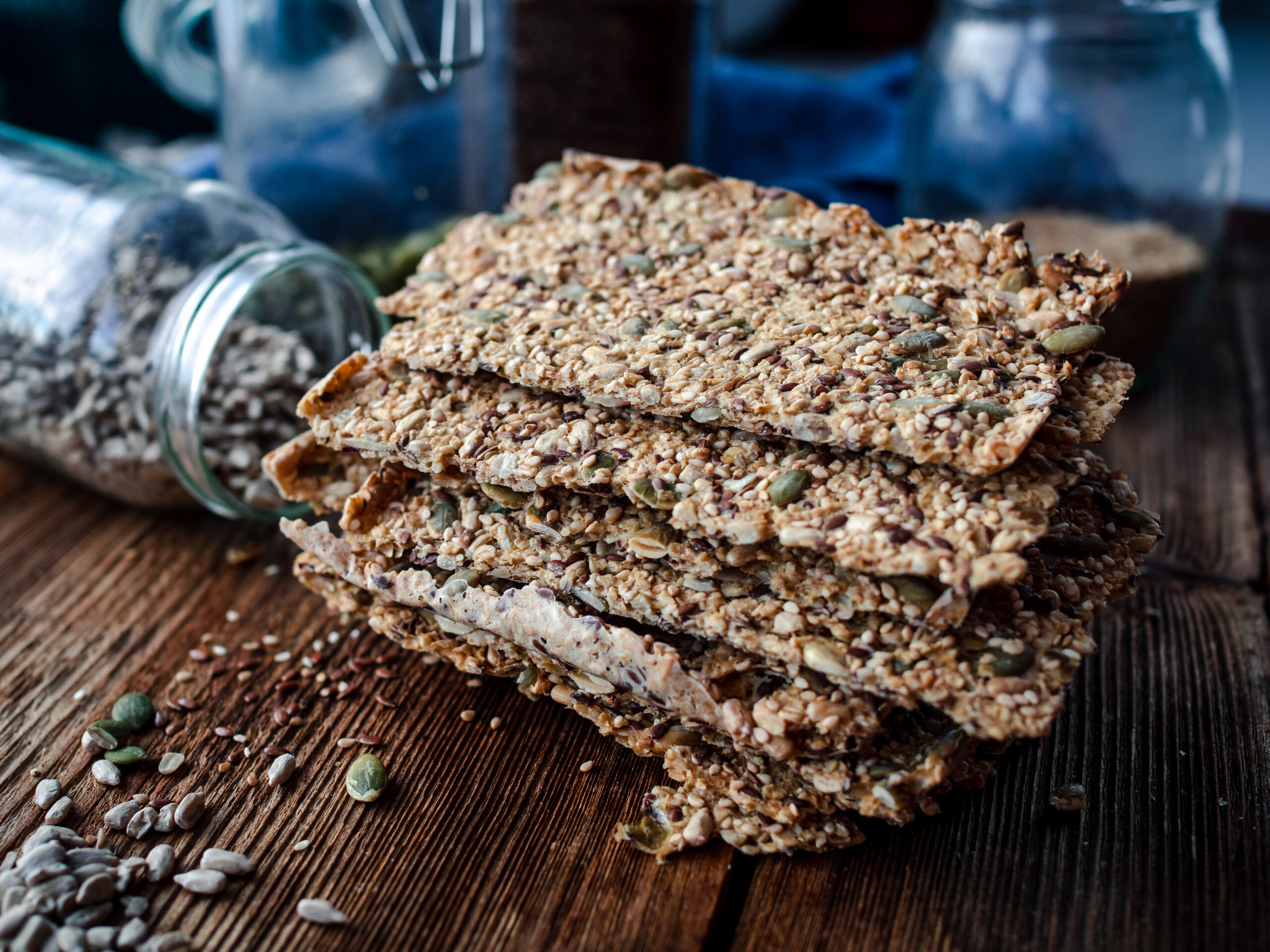

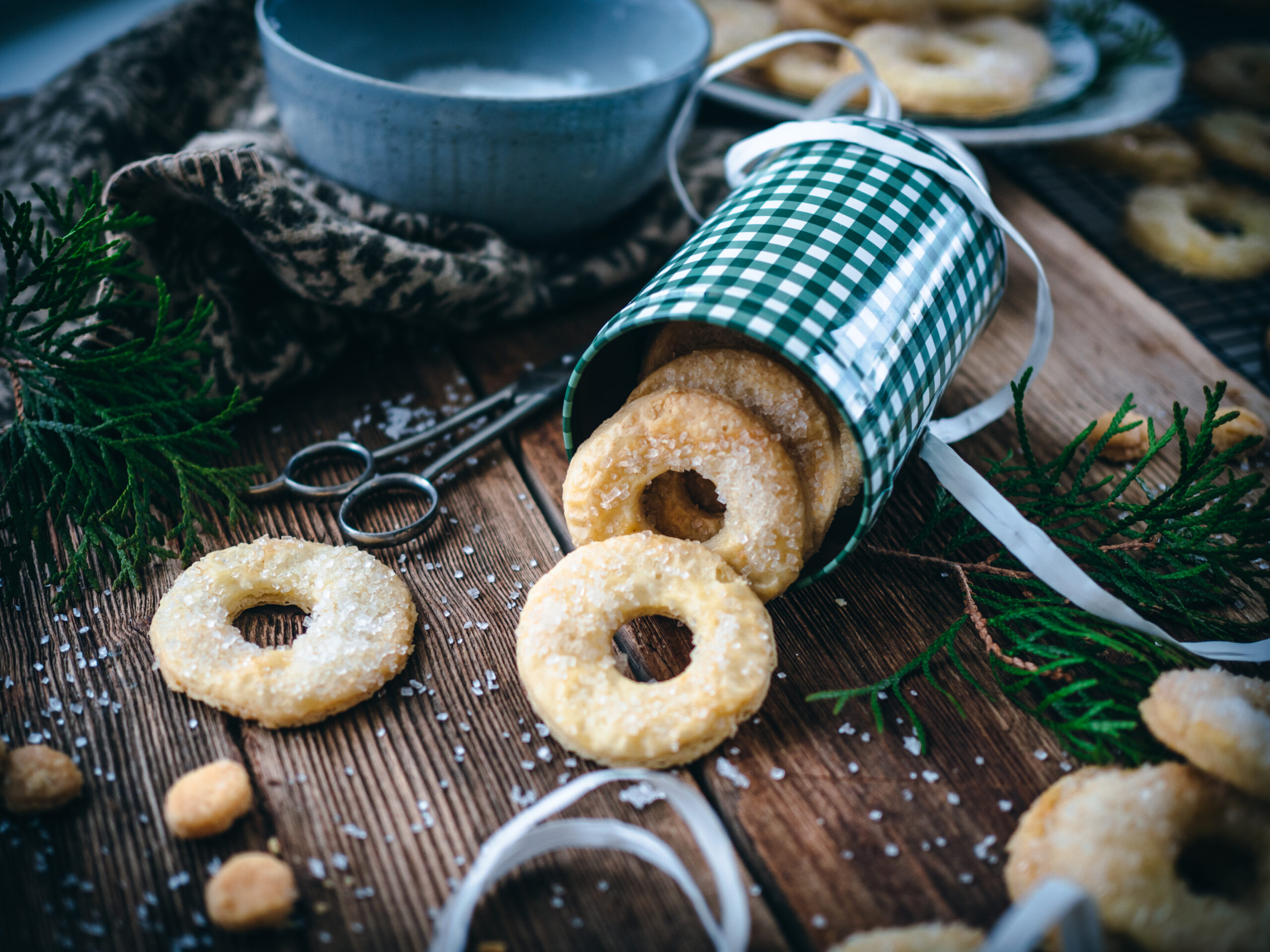
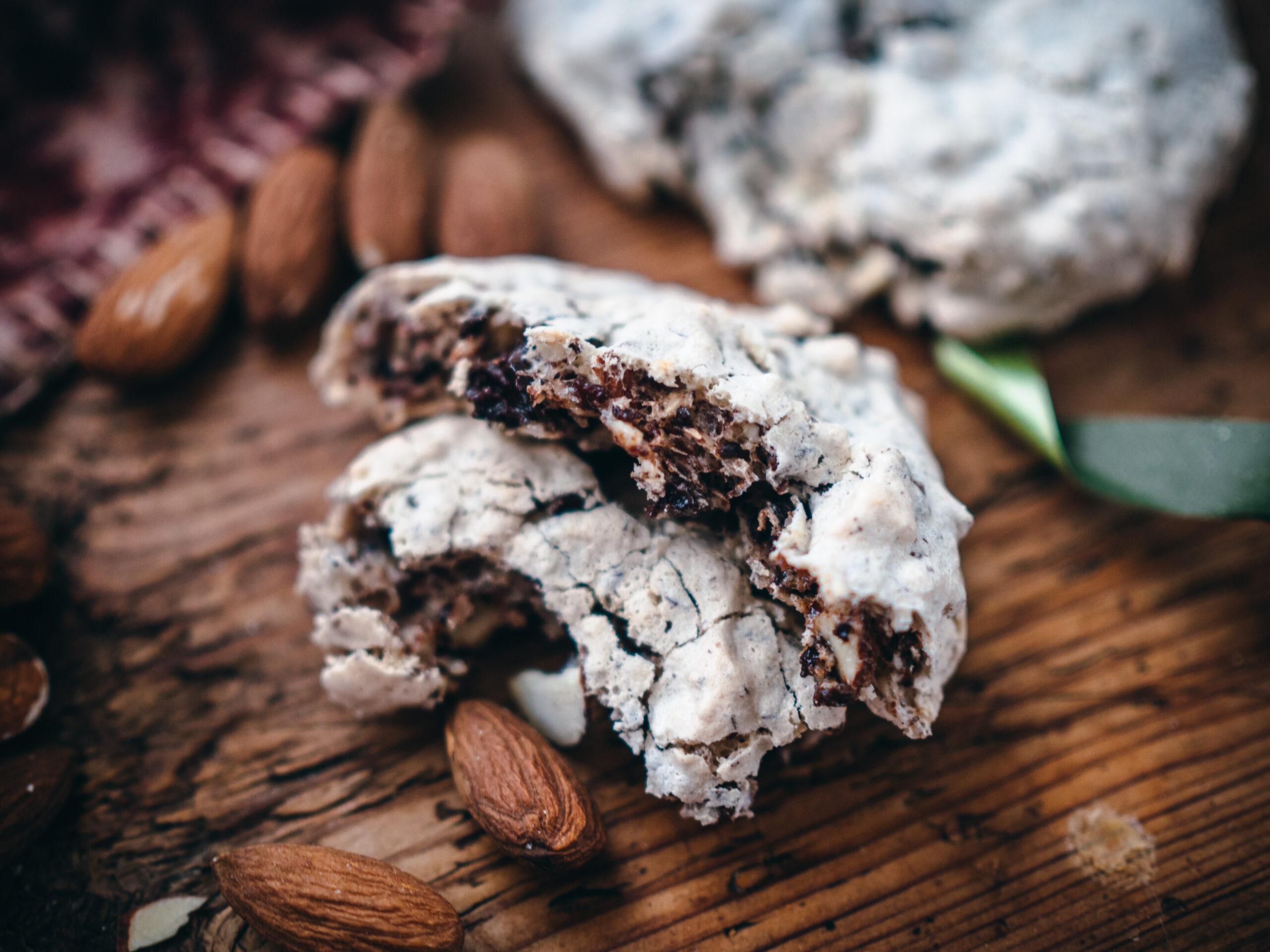

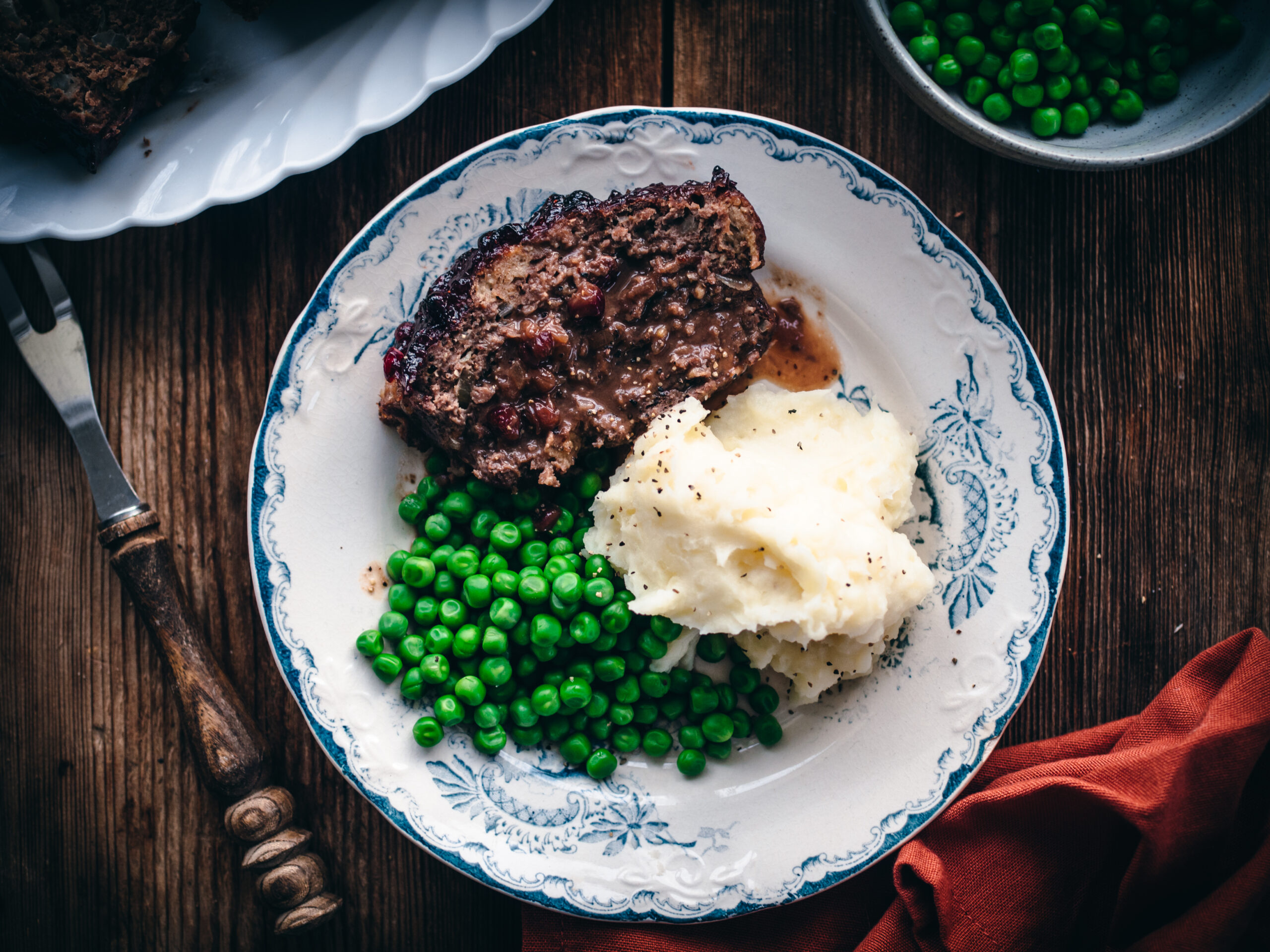
This is a wonderful article, I look forward to the day I have the opportunity to try rakfish. My family, both paternal and maternal great grandparents emigrated here from the Telemark area in late 1800’s, traditionally has Lutefisk (store bought) for Christmas but I’ve never heard of rakish which sounds so much more enjoyable to the eat.
I hope you can try it one day too, it’s such an experience!